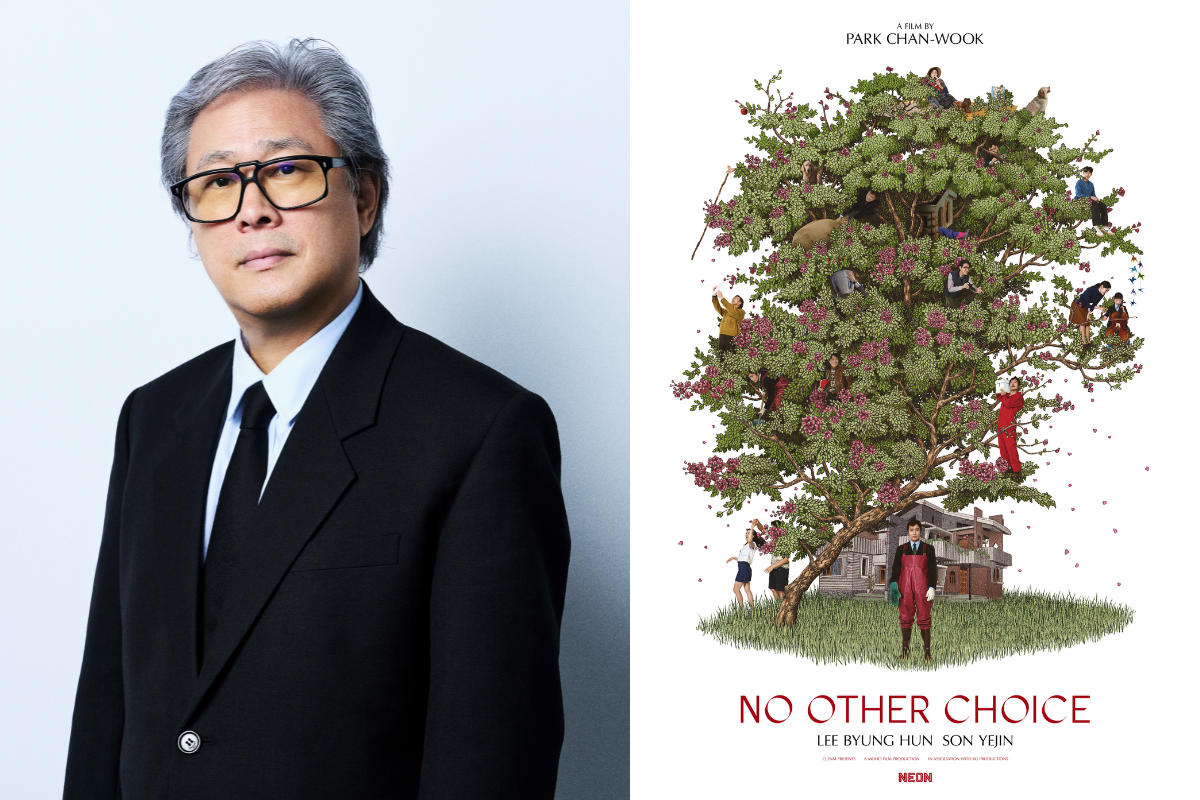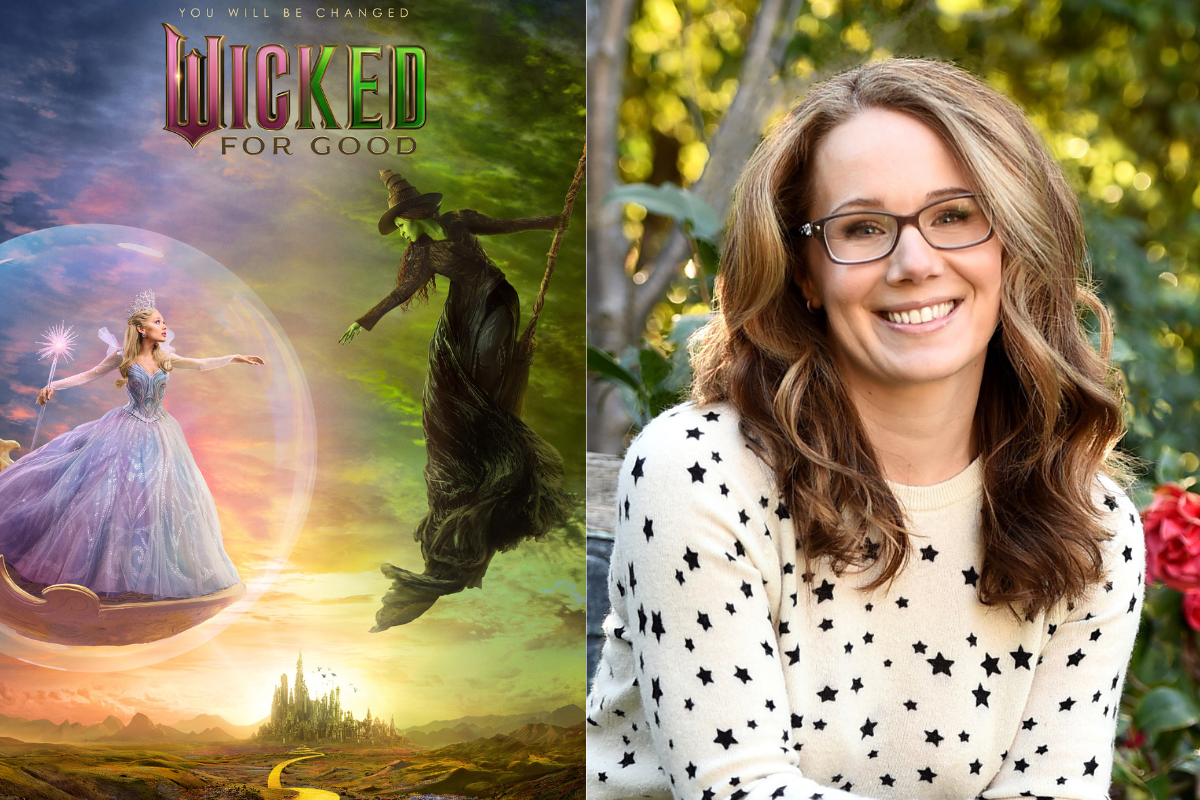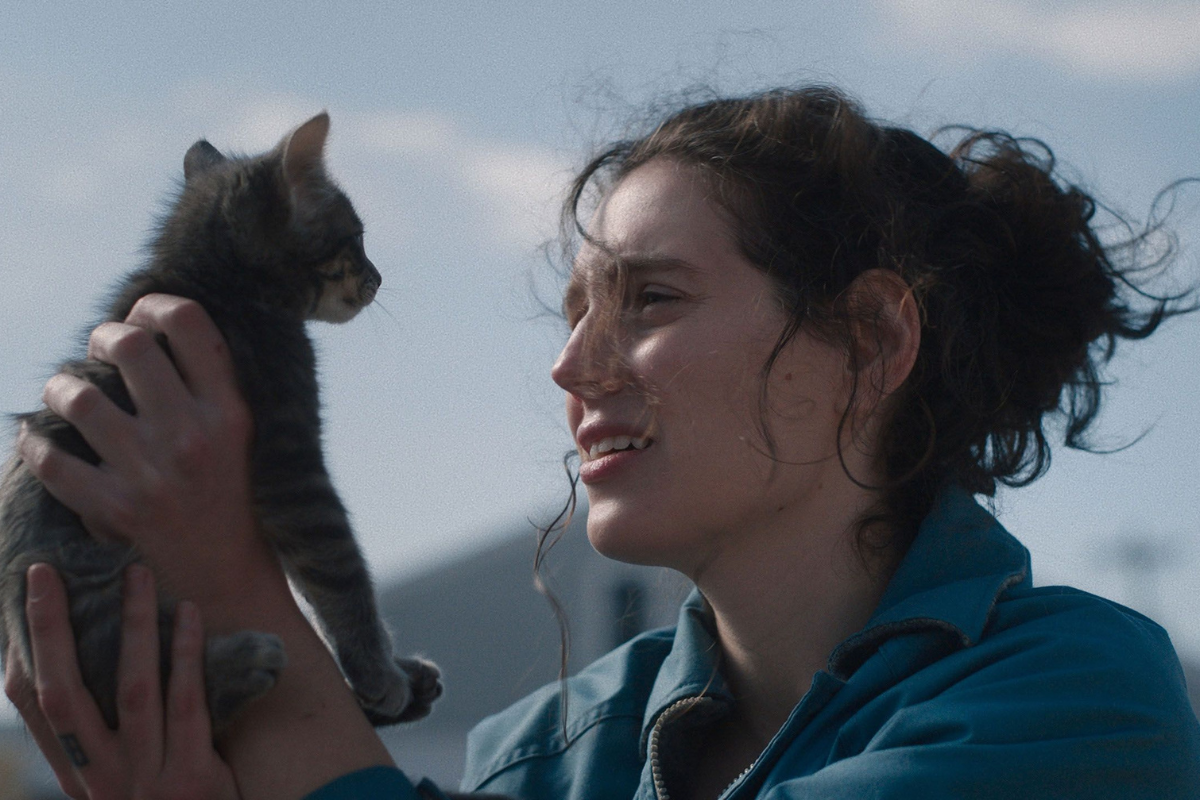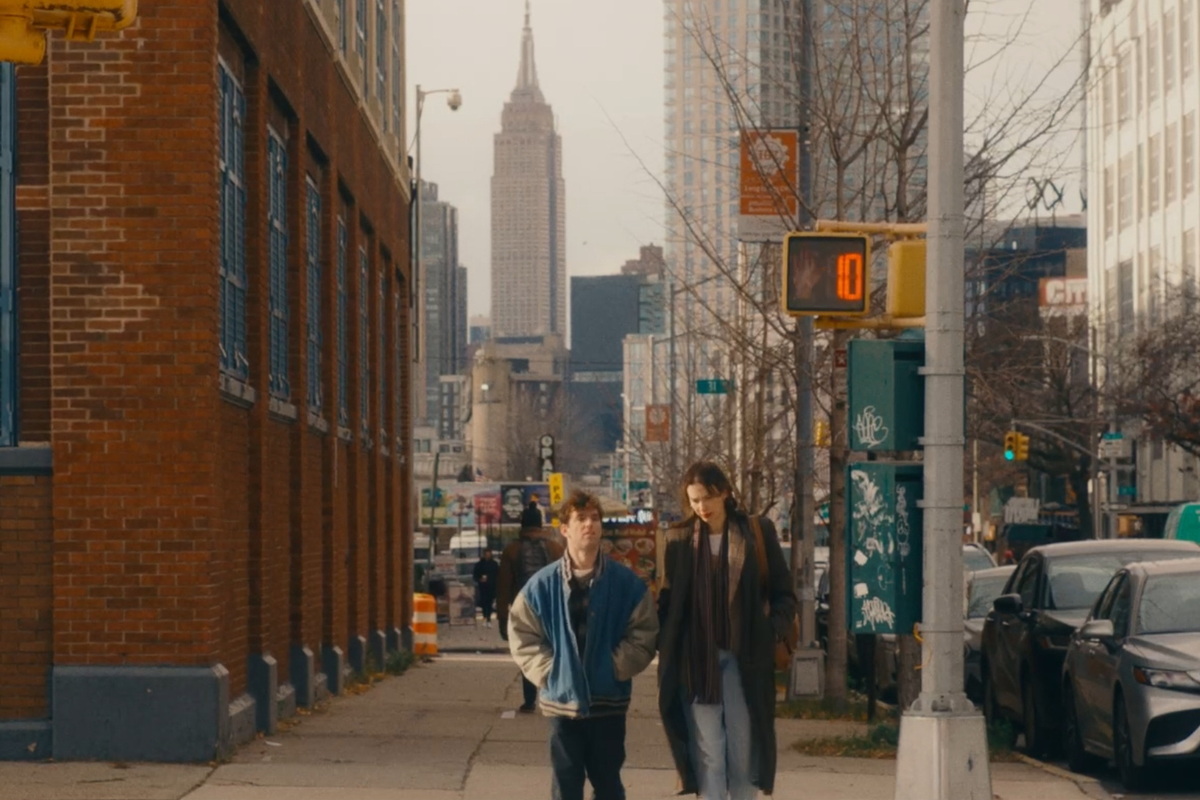INDIE SPOTLIGHT: Interview with ‘The Featherweight’ Screenwriter Steve Loff and Director Robert Kolodny
Screenwriter Steve Loff and director Robert Kolodny give insight into the process of going from page to screen, being inspired by The Maysles Brothers, developing motivation for the actors on set, and so much more.
Set in the mid-1960s, The Featherweight presents a gripping chapter in the true-life story of Italian-American boxer Willie Pep—the winningest fighter of all time—who, down and out in his mid-40s and with his personal life in shambles, decides to make a return to the ring, at which point a documentary camera crew enters his life. Painstakingly researched and constructed, the film is a visceral portrait of the discontents of twentieth-century American masculinity, fame and self-perception.
There's some filmmaking mastery happening within the film The Featherweight. From the writing, and the characters to the narrative framework, one might be hard-pressed to believe that this film isn't really a documentary about famed featherweight boxer Willie Pep. A passion project in the making from screenwriter and producer Steve Loff and actor James Madio, their fruit of love and labor is finally paying off after having had its world premiere at the 2023 Venice Film Festival, to hitting the silver screen.
Screenwriter Steve Loff and director Robert Kolodny recently spoke with Script about their personal connection to the story, the process of going from page to screen, being inspired by The Maysles Brothers, developing motivation for the actors on set, and so much more.
These interviews have been edited for content and clarity.
Interview with The Feather Screenwriter Steve Loff
Sadie Dean: what was it about Willie that maybe emotionally or personally connected resonated with you that you're like ‘I gotta tell this guy's story in this specific point in time of his life and career’?
Steve Loff: Yeah, that's a really good question, and one I haven't given much thought to. [laughs] I kind of write from the gut, and I grew up in Brooklyn, and James Madio, who plays Pep, grew up in the Bronx, so I grew up around a lot of these, like macho Italian American guys with a lot of pride. So, I kind of felt the closeness to Willie in that sense. And, you know the idea of being kind of down and out in 1964 and making this comeback in early 1965 in studying Willie's life I thought that was really interesting, because he's at the bottom, he's in the pits. And I think more often than not I can relate to that than the guy that's like, you know, champion of the world. I can really relate to that guy. [laughs]
So, I identified with the character in that sense as well. So that was more of a universal understanding of where he's at, not knowing in a million years what it is to be a world champion in the ring or I could less relate to that, right? And that was more of the research of what was his life like when he was at the top of the world? At that point, when we catch up with him in 64 he's on his fourth wife, maybe his fifth. It's a little hard to tell. I couldn't find all of his marriage records, but I believe he said 'I do' seven times and was legally married six times.
And so, the point is just trying to understand what it is to be top of the world as well, there's issues there too, and as you saw in the movie and in the script and any good script, I think you want to write into the drama and the problems right where we don't want to write about all the accolades. Although I felt like some of that was important in the story, to understand the height that he was at, but I was much more interested in the day-to-day life of this guy that was at top of the world and is now really struggling to just get by and has all these personal issues in his life.
Sadie: During that development phase and the writing process, was it intentional for that kind of docustyle, breaking the fourth wall of this character?
Steve: Yeah, that's a good question. This is the guttural thing or the instinctual thing, and this is also divine inspiration. So, Willie had a long career, he fought over three decades, and in doing the research the two most interesting aspects of his life and career, as far as framing for a film, were his rise to the championship at the age of 20. He was on paper 21 but they fudged the paperwork. But he had to be 21 to fight for the title. He's actually 20 years old when he beats Chalky Wright. Which is in our film, he wins the title. So, his rise, early, late 30s and winning the title in 42, I really loved that aspect of his story. It was fascinating. But it was kind of early, and again, it was like this high note that I couldn't really relate to, right? I was like, ‘It's not enough.’
And the other aspect of his career in life was his comeback in 1965, and it was in the original draft, I had 75% his reign in the 40s as the champ, like 25% here is Willie now looking back to his glory days. And then ultimately, I reversed that, so that was the other compelling aspect of his life. So, I leaned into 1965, and I reversed that to 75-25.
This is to say 2013 or 2014…and the script wasn't really gaining traction. Wasn't getting where it needed to be. We're trying to produce this movie. We're pitching it. I'm sending the script around. It's just not happening. And one day...I'm on the Q train coming home from work, and I had been watching a lot of Maysles at that point…like Great Gardens and Salesman - a really pivotal piece and inspiration for this conceit that we eventually went with. I'm like, ‘Holy shit. What if The Maysles Brothers had caught wind of Willie's comeback in 1964 and they just ran up there and just wanted to see what his day-to-day life was?’
That would be something I've never seen, a found footage or a faux doc approach to the boxing genre, or really, any dramatic film. Dustin Hoffman's Lenny has a little bit of that, if you look back at it. And I'm like, but let me just write this page one rewrite 1965 with a couple of flashbacks, and now, like a 90-10 split with 1965 and just fly on the wall, and what's that going to look like, and have them talk to the camera and break the fourth wall. Let's do that whole thing.
And I did it. Did it in about three months, like one of those fever drafts. And then needed a rewrite here and there. I'm like, ‘I gotta find balance here.’ And what was great that really helped me find that balance was we attached Steve James, great documentary filmmaker via Appian Way. Ultimately, he couldn't do it because America to Me became a film that he wanted to make for a long time. But my work with Steve James on the script, this master documentarian, really helped me shape it even further and get it to a place where I really understood why the camera was there, and what was important and maybe what was not, and what to cut, what to develop a little further.
So, then I told Appian, let's go after Robert Greene, who I was tracking for a while. And Robert got the script, and he said, ‘I can't do this. I can't turn fiction to doc. I turn doc to fiction, but my DP really loves boxing. He's a brilliant filmmaker.’ Robert Kolodny, he said, ‘I gave him the script. He loves it. He's interested. I'll come on as a producer and an editor, so you still have me on the project.’ He's a great editor. Me and Robert Kolodny hit it off, and we further developed the script and the idea.
The conceit was just divine inspiration of being entrenched in these documentary films, and being like this is the new life that this project and this script needs the new perspective.
Interview with The Featherweight Director Robert Kolodny
Sadie Dean: What initially attracted you to Steve’s script?
Robert Kolodny: When I read Steve's script, initially, I had been in the throes of working on a documentary about a boxer in Bulgaria for about four years, and during that process, I became really accustomed to the sort of sorrowful character of the ex-Prized fighter, the textures of the gym, and like the seedy bars that they would hang out at the morally dubious managers and trainers. And so it was a world that I felt, that I understood a little bit, and that I was enamored with, because they're really vibrant characters.
My aspirations always were to be directing narrative fiction films, and I had sort of by accident, fallen into the world of documentary cinematography, which I'm very thankful of. And it's been lovely to work on some great nonfiction films.
But Steve's script sort of fell into my lap in a way that sort of felt meant to be. Initially, Steve James was attached to the project to direct it. You know, Steve James has made many films, but probably most notably is the director of Hoop Dreams, which is one of the iconic nonfiction films in American history. Ultimately, he wasn't able to do it because of conflicts, and he recommended Robert Greene, who is in his own right, an incredible nonfiction filmmaker. I've shot on the past three films that he's made. And he and his producer, Bennett Elliott, read the script and thought that I would be a good fit. And they sent it my way. And I just really, fell in love with the world that Steve had crafted, and the character of Willie Pep and all the characters. It just felt really rich soil for us to like, craft something with that.
Sadie: Knowing that final round of rewriting the script was influenced by documentaries like Grey Gardens, what were those creative discussions like with Steve, going into production, establishing the narrative framework with this documentary flare?
Robert: I got attached to the project in, I want to say September of 2018, and we didn't wind up filming it until November of 2021. And so for those period of years, Steve and I collaborated on more drafts of the script. We removed characters, we added different characters in. We heightened Linda's role a lot. And we wove in this kind of observational documentary aesthetic more and more and more, because I was really interested in that - it is where my background has been.
And so I was partially coming to it with the feeling of the documentarian, the idea of this kind of like very subjective viewpoint, which is an interesting way of considering the idea of observation - observation, inherently should not be subjective in a journalistic sense, but inherently, it must be subjective. And this is kind of an interesting plot point to play with, right? The unreliable narrator, externalized in the form of a camera. The perspective in which the audience is taking in the narrative. So, we kind of developed this more and more and more.
Sadie: The creative choice to not shoot it yourself and bring in another DP, did that help you kind of open up your own creative vision of this and having someone else to bounce these ideas off of?
Robert: Totally, yeah. There was like a split second where I considered shooting it myself, but then was like, ‘No, I must abandon this idea. Totally foolhardy.’ And so we got my brother [Adam Kolodny] to shoot it, who's a cinematographer in his own right. But we've also been making films together since we were children. We have a shorthand, and I had unlimited access to him. So, on any given day, I'd be like, ‘Alright, we're going to sit down and watch Salesmen, and Don't Look Back, and Ladies And Gentlemen Mr. Leonard Cohen’ and sort of dissect the language of these direct cinema and verité films.
But most importantly, not shooting it gave me the chance to spend real time with my actors and develop motivation with them, make sure that they felt protected, that they had space to really be inquisitive about the character, who they were playing and why they were playing them that way.
Sadie: I'm curious because of your documentary background - it takes time for a subject to feel comfortable and get into that headspace for on camera interviews. How were you able to pull that out of your actors, knowing that this is a narrative story, but they’re also playing real people and need it to feel like a real documentary. What were those conversations like to make sure they’re not just a caricature?
Robert: That's a hard thing to surmount and takes work to not allow those performances to feel stilted. The idea of like playing documentary subject is a surefire way to make something seem like it's not real. One of the exercises that we did beyond like discussion ad nauseam, was I had our producers built into the schedule periods of improvisation that we could have at the beginning of pretty much every single scene. We would dress the sets 360 degrees and light them 360 degrees.
And in these periods of improvisation, actors in character, in costume, could interact with the world organically. I was the voice of the documentarian, so I would just ask them interview questions, unscripted, ‘Linda, what are you doing here?’ Or like, ‘How did you meet Willie?’ ‘Willie, tell us about your fighting style.’
And through this process, which is a repeated process, I think it allowed the actors to become more comfortable in discovering who their characters were, and be able to weave subtext in. The script that Steve wrote is so beautiful, it has so much nuance, and the characters are so rich, but it's an independent film. We had an independent film budget. We shot the entire thing in 18 days, so we don't have an incredible preponderance of time for the actors to really steep themselves.
So, I figured that this onset, actionable thing is something that would allow them to step into the characters quickly and more fully. And we filmed all of these improv scenes, and a few of those scenes made their way into the film, and I think helped elevate the language and the sort of ephemeral nature of what you feel as an audience member when you're watching nonfiction. There's these kinds of off-the-cuff moments that feel, like rough edges with threads that you could pull upon. And I think that heightens the documentary language in the film.
The Featherweight is now in select Theaters in Connecticut, New York and Los Angeles.
Sadie Dean is the Editor of Script Magazine and writes the screenwriting column, Take Two, for Writer’s Digest print magazine. She is also the co-host of the Reckless Creatives podcast. Sadie is a writer and filmmaker based in Los Angeles, and received her Master of Fine Arts in Screenwriting from The American Film Institute. She has been serving the screenwriting community for nearly a decade by providing resources, contests, consulting, events, and education for writers across the globe. Sadie is an accomplished writer herself, in which she has been optioned, written on spec, and has had her work produced. Additionally, she was a 2nd rounder in the Sundance Screenwriting Lab and has been nominated for The Humanitas Prize for a TV spec with her writing partner. Sadie has also served as a Script Supervisor on projects for WB, TBS and AwesomenessTV, as well as many independent productions. She has also produced music videos, short films and a feature documentary. Sadie is also a proud member of Women in Film.
Follow Sadie and her musings on Twitter @SadieKDean







